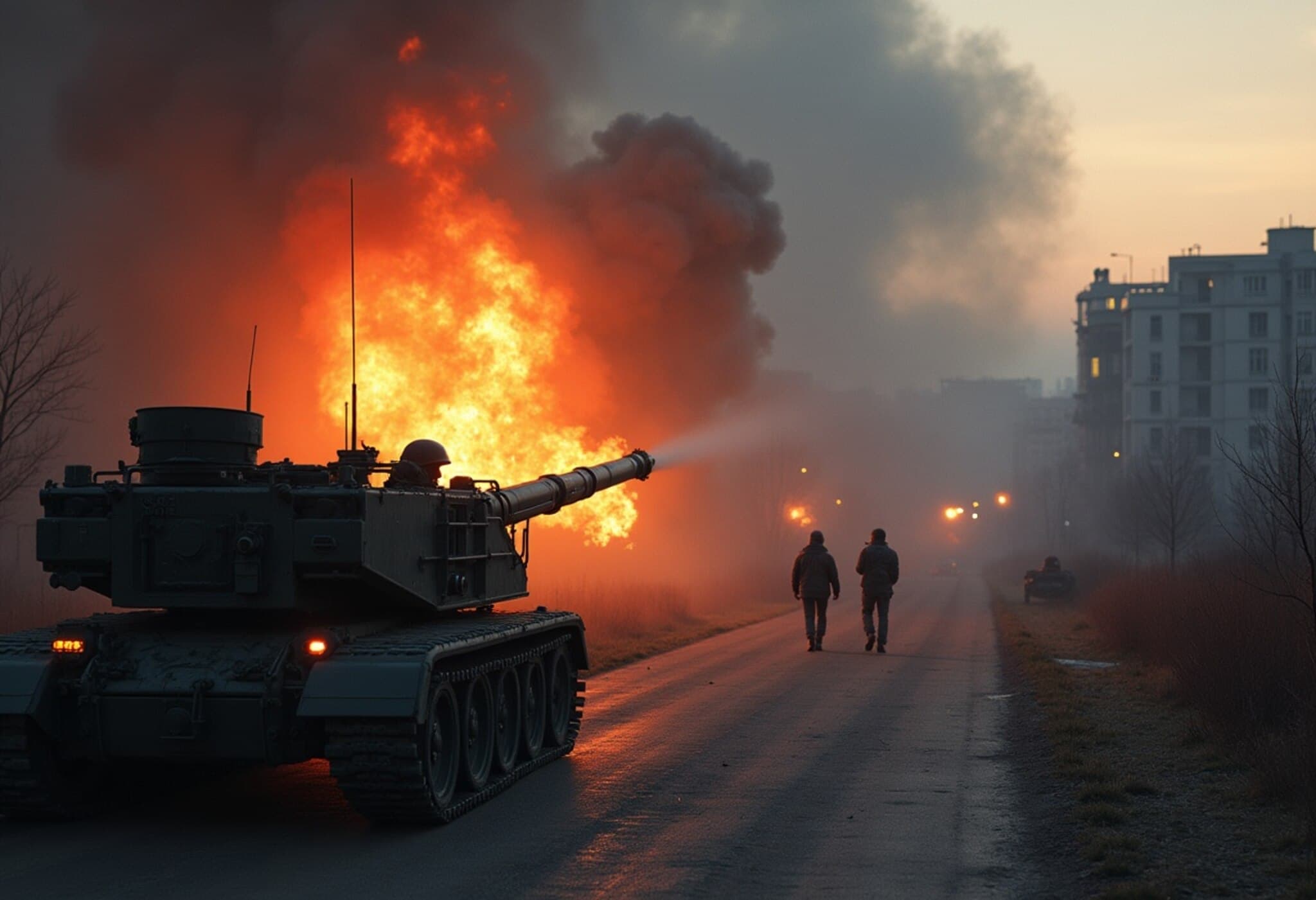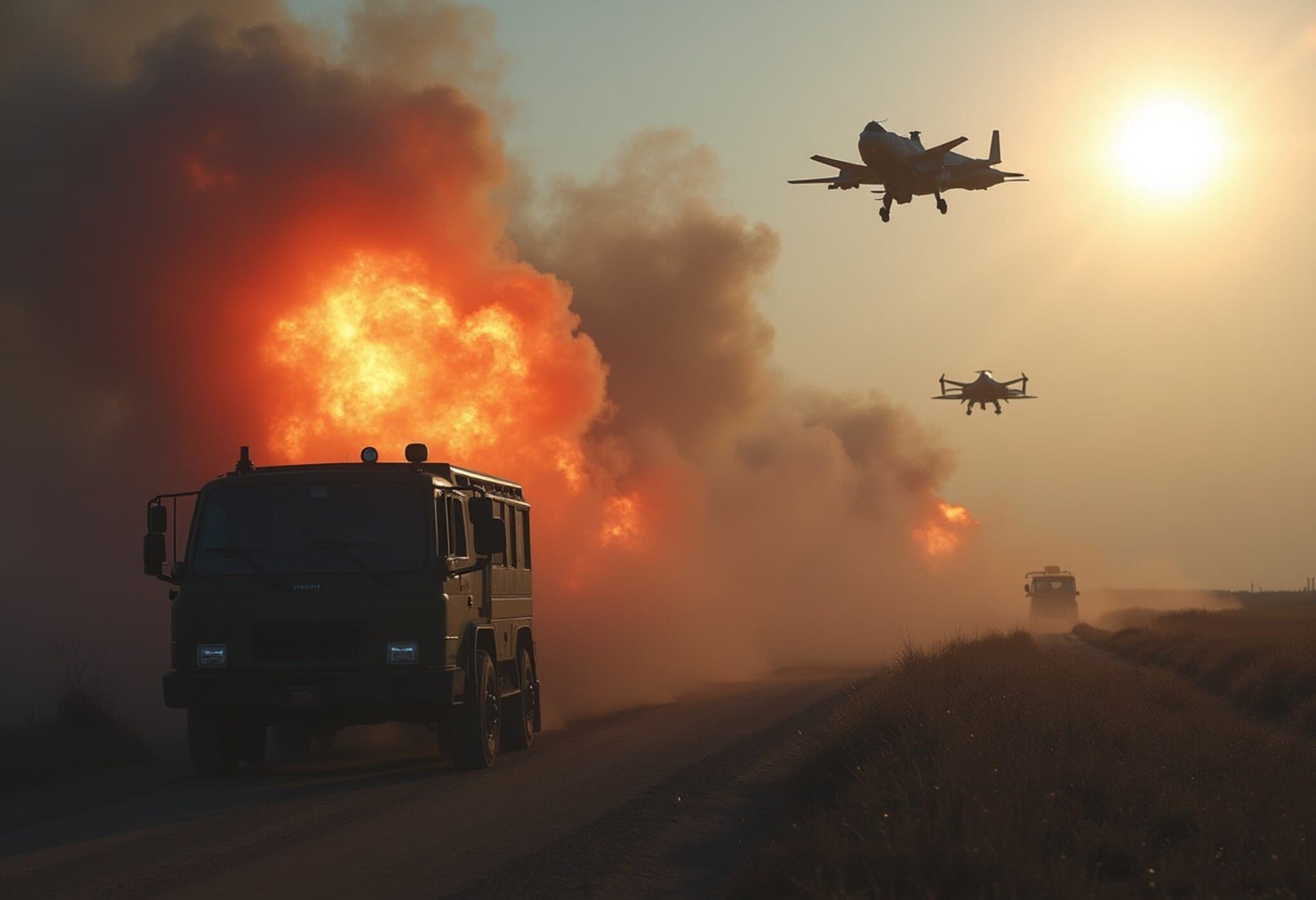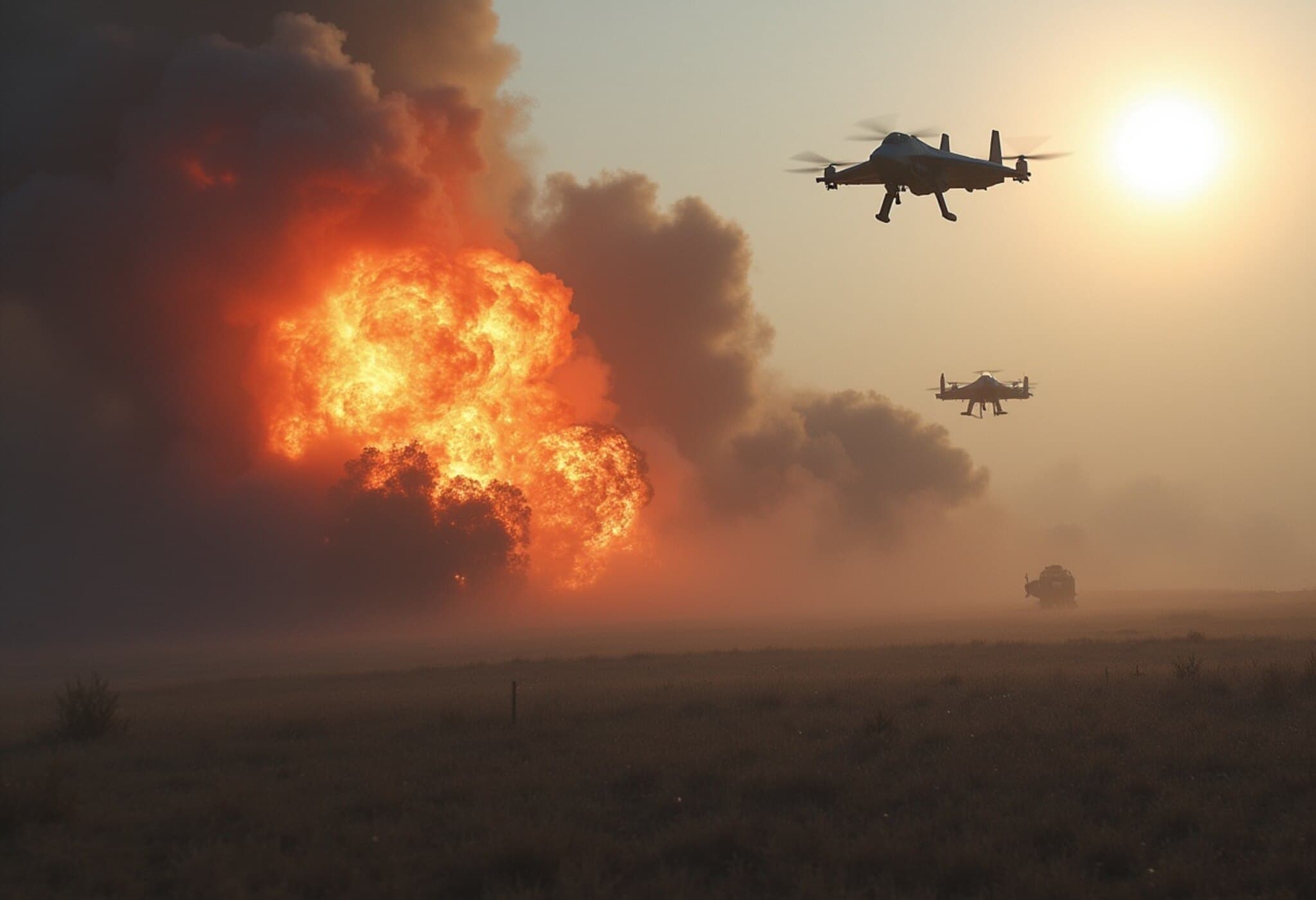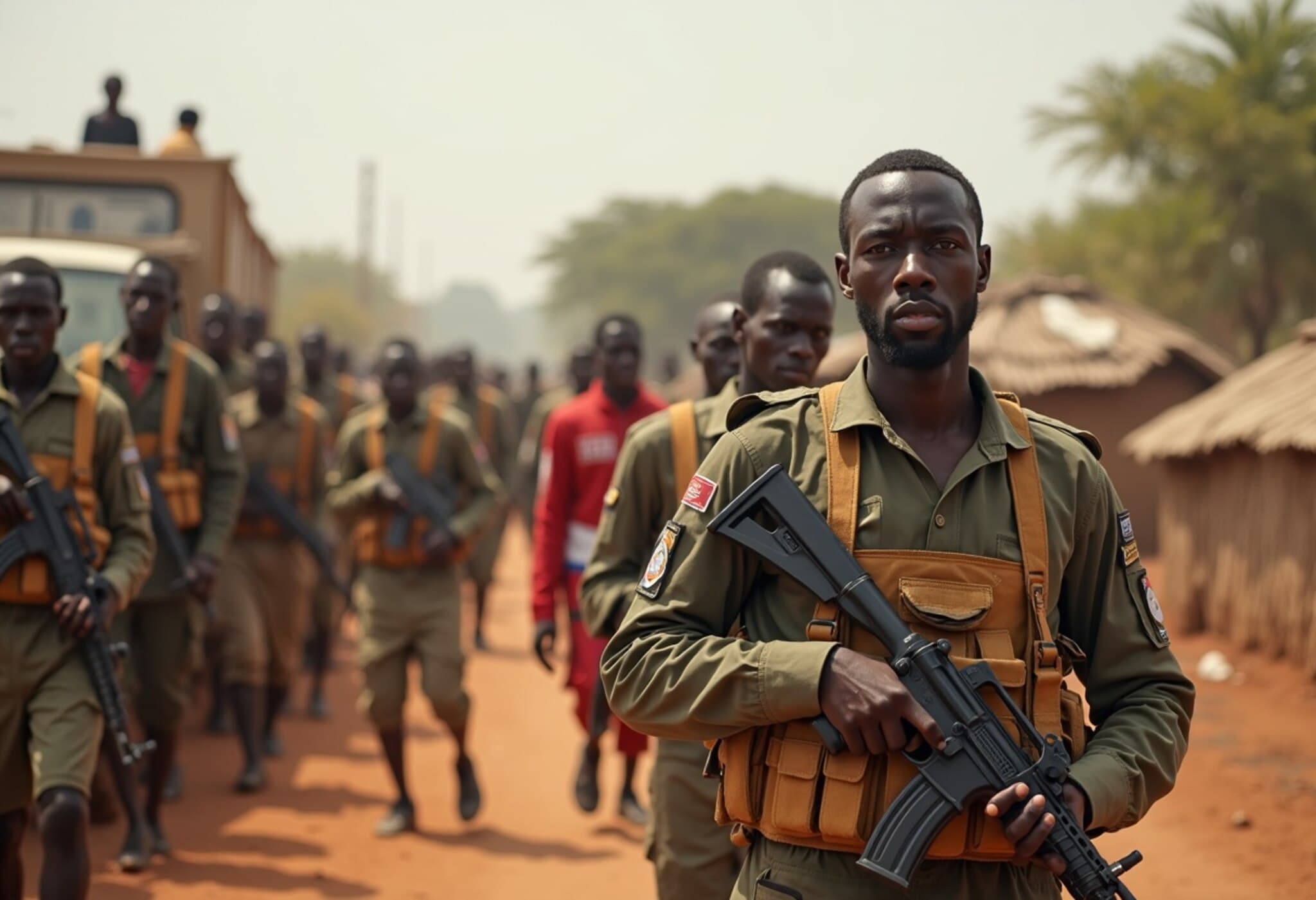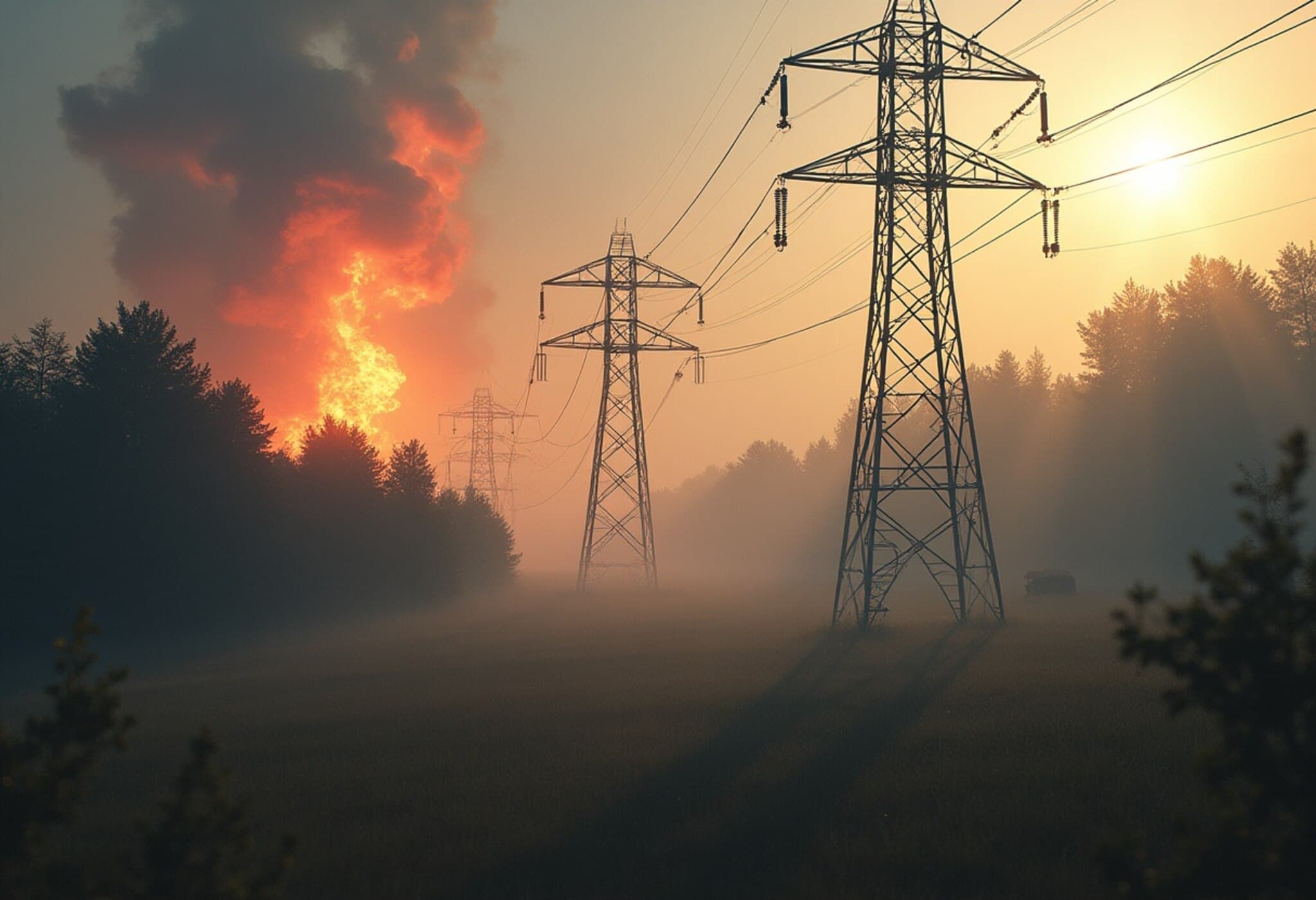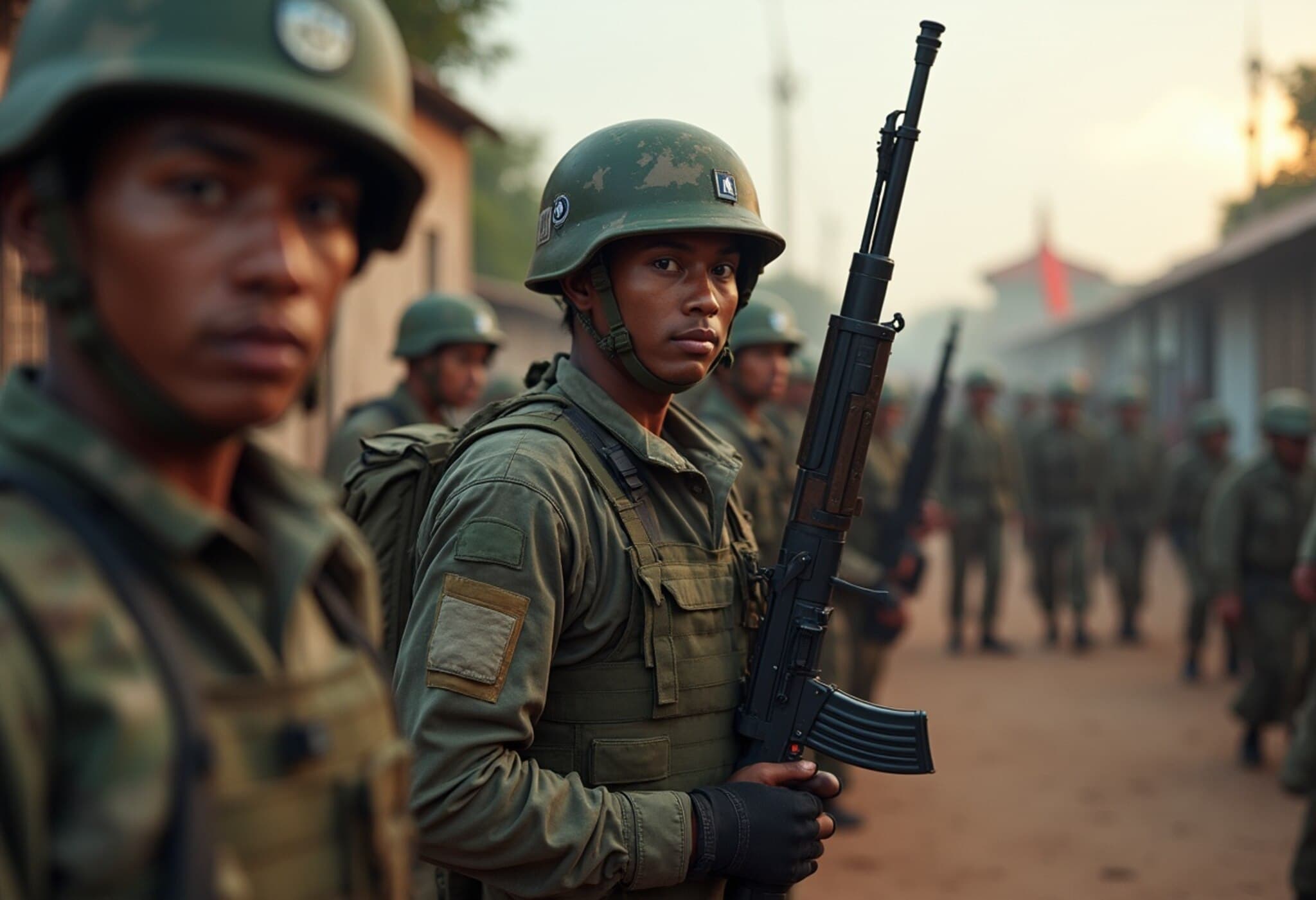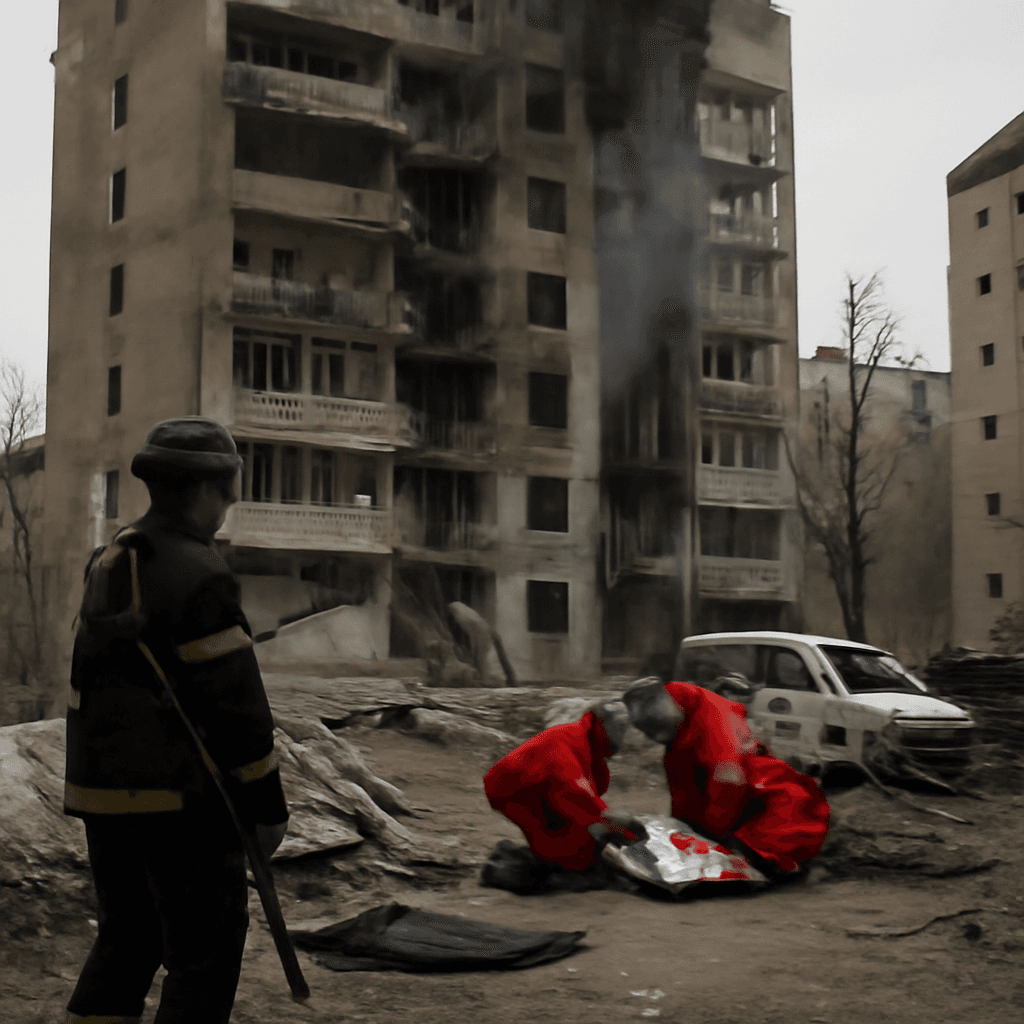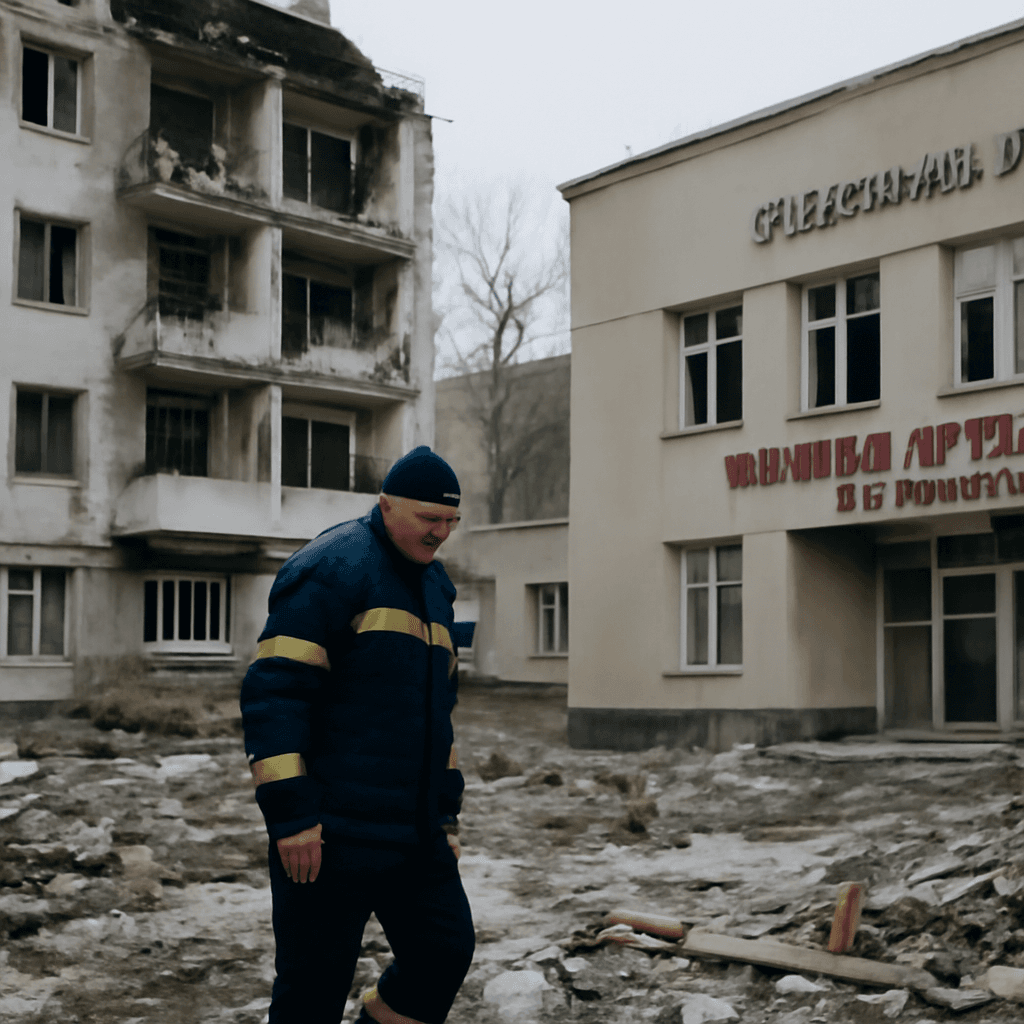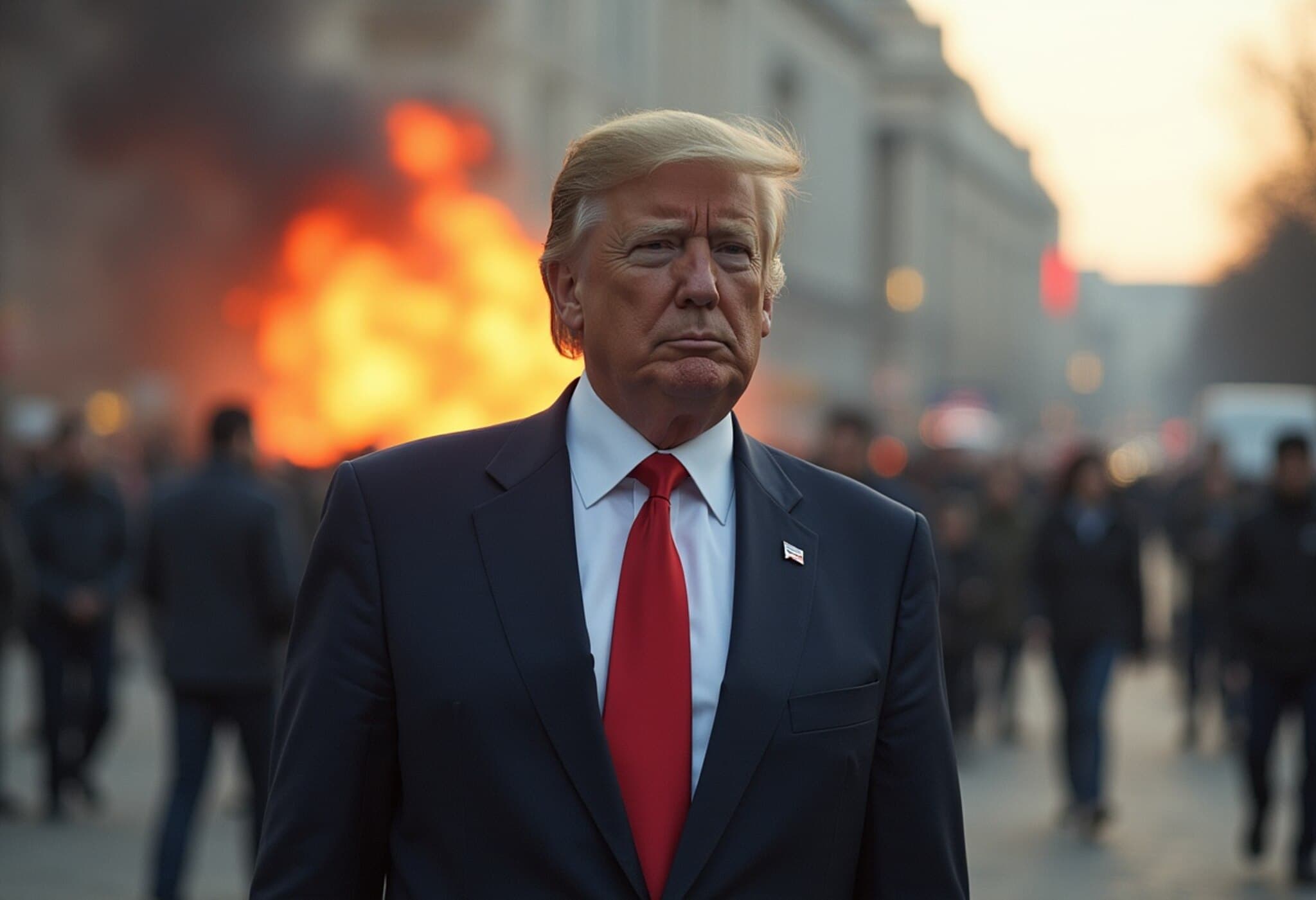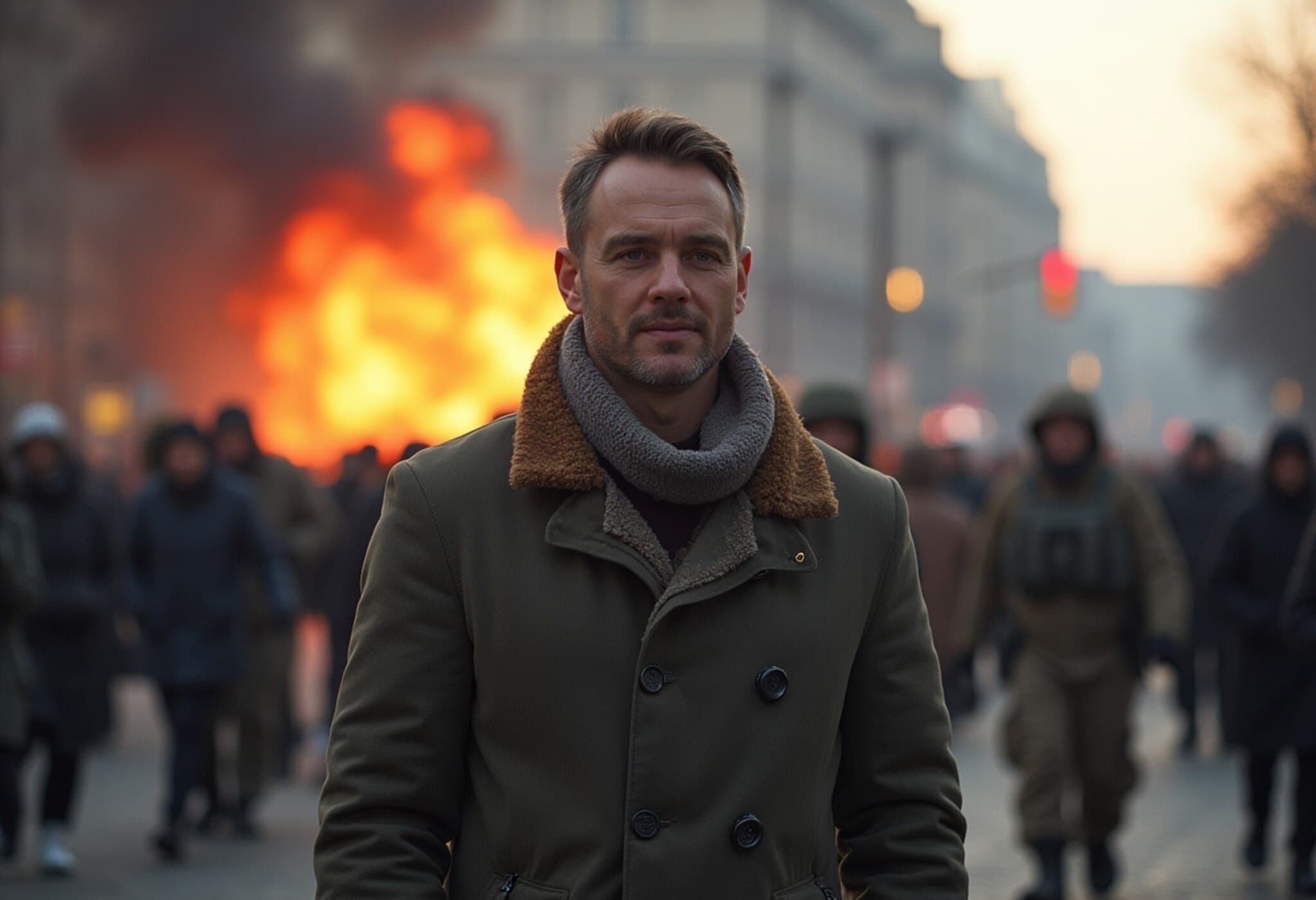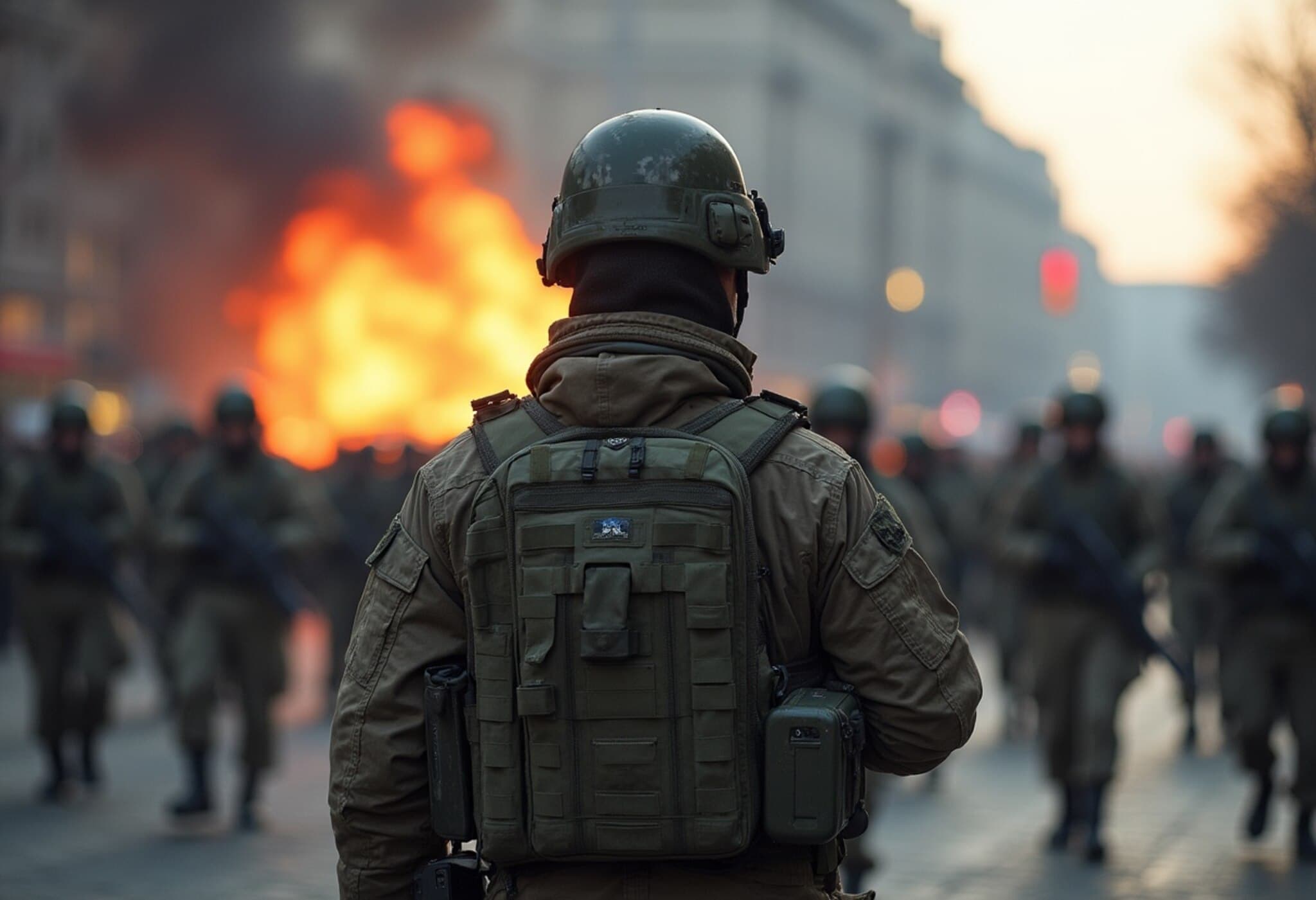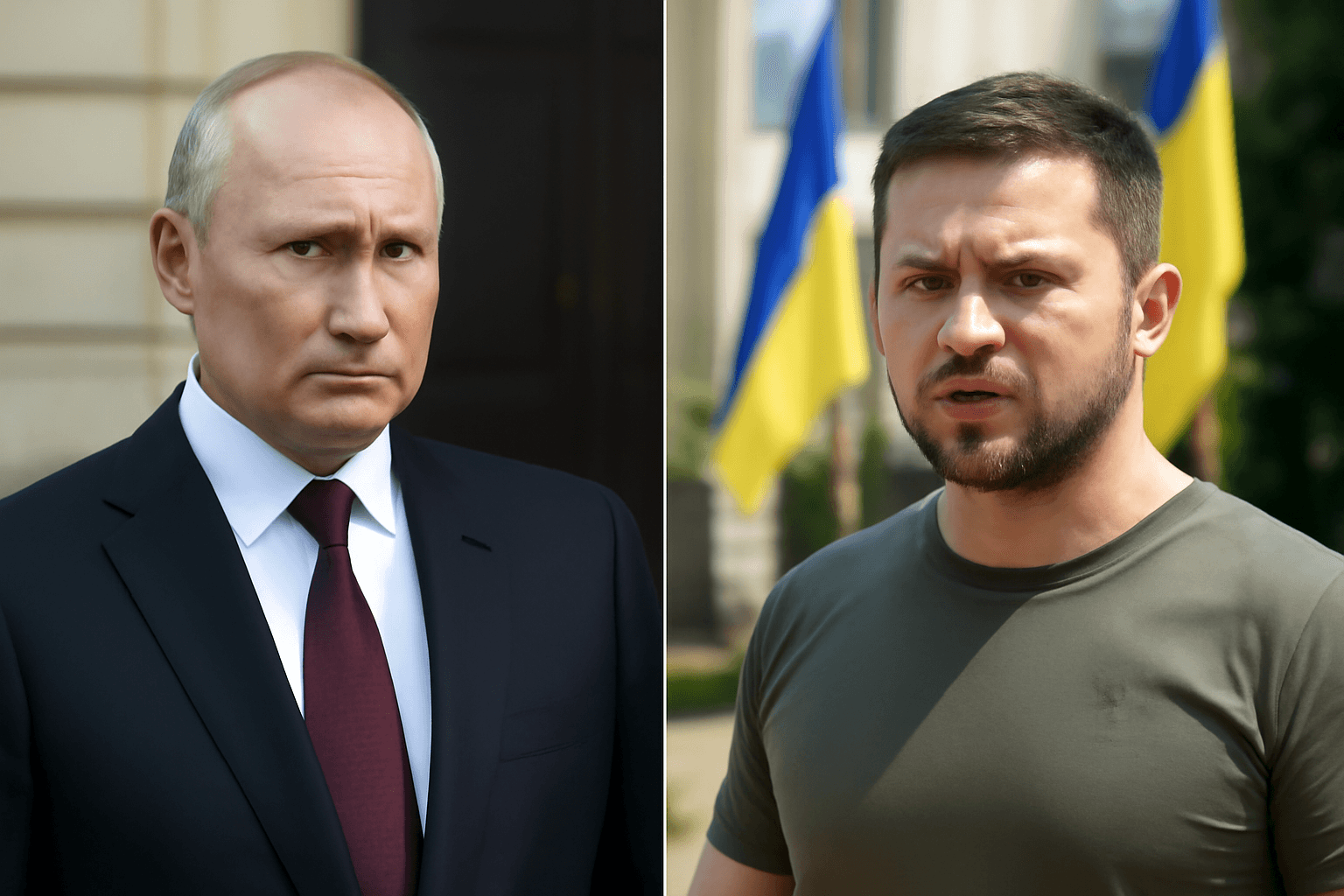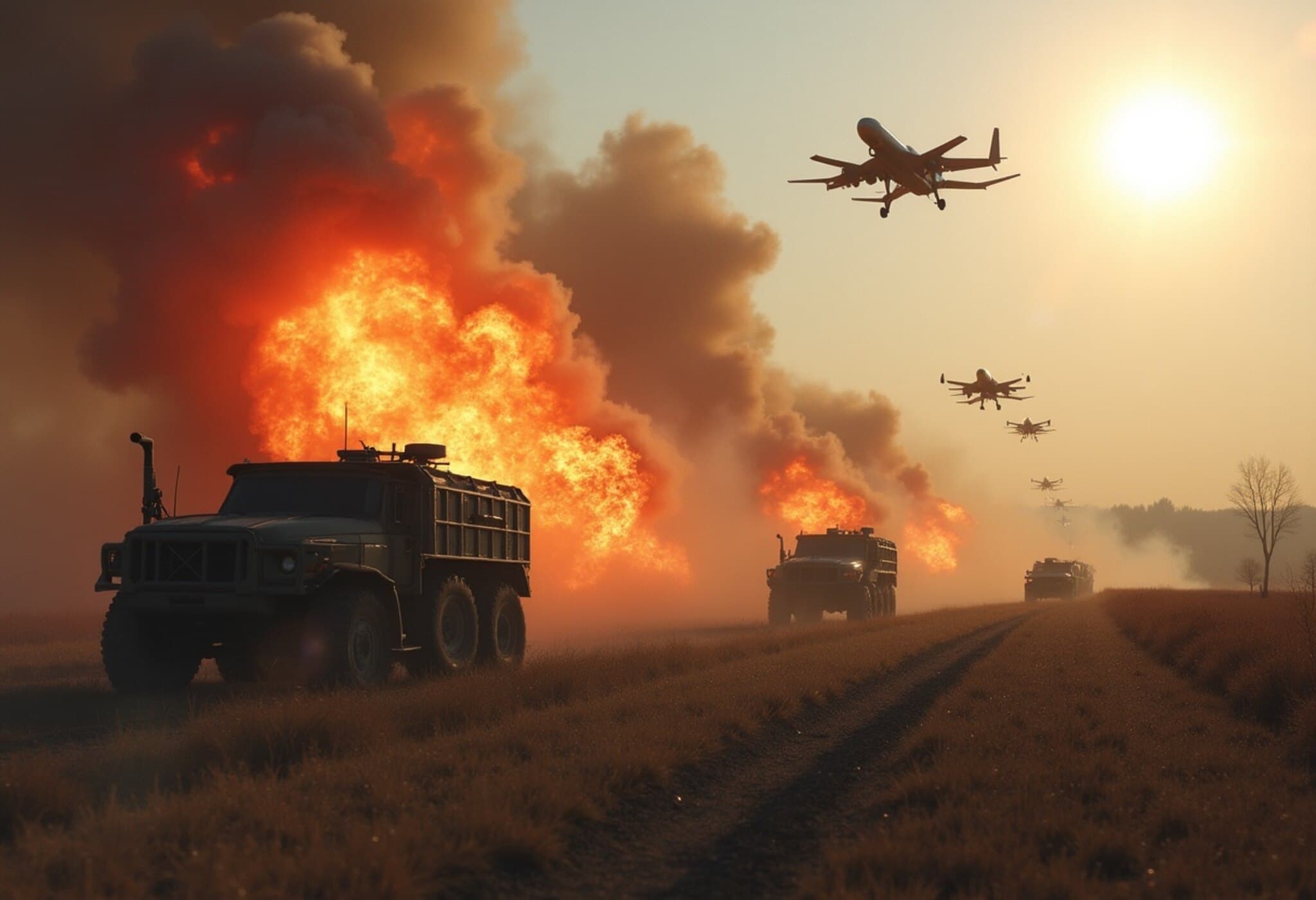Russia's Overnight Assault on Kyiv Claims Lives and Leaves Destruction
In a devastating overnight offensive, Russian forces launched a barrage of missiles and Shahed drones targeting Ukraine's capital, Kyiv, resulting in the deaths of at least six people—including a six-year-old boy—and injuring over 50 others, according to Ukrainian authorities. The toll is expected to rise as rescue teams scour the rubble of a partially collapsed nine-story residential building.
Human Cost and Immediate Aftermath
Kyiv's city administration chief, Tymur Tkachenko, shared that the missile strike caused a significant part of a residential building to crumble, trapping inhabitants beneath debris. Among the injured is Yana Zhabborova, who recounted waking to the violent explosions that shattered windows and doors. As a mother of a five-month-old and a five-year-old, she described the emotional toll: "It's just stress and shock—there is nothing left." Such personal stories illuminate the grim reality beyond the statistics.
Scale and Nature of the Attacks
The Ukrainian Air Force reported that Russia deployed a staggering 309 Shahed and decoy drones alongside eight Iskander-K cruise missiles during the nighttime raid. Effective Ukrainian air defenses intercepted and neutralized 288 drones and three missiles; nonetheless, five missiles and 21 drones successfully hit various targets.
In response, Russia's Ministry of Defence announced the destruction of 32 Ukrainian drones overnight. Further, a drone strike ignited a fire at an industrial facility in Russia's Penza region, with no casualties reported. In the Volgograd area, railway operations suffered interruptions after drone debris fell on tracks, signaling the conflict's spillover effects beyond Ukrainian borders.
Strategic Developments in Eastern Ukraine
The Russian Defence Ministry declared full control over Chasiv Yar, a strategically vital city in eastern Ukraine’s Donetsk region, marking a key milestone in a fierce battle raging for almost 18 months. Chasiv Yar's control is critical due to its elevated terrain, which provides military advantage over adjacent defense lines.
While Ukrainian officials have yet to confirm retreats, reports from Ukraine’s Army General Staff confirm multiple clashes with considerable Russian presence dominating most of the town. Open-source mapping tools reflect contested zones south and west of Chasiv Yar, indicating ongoing fluid frontlines.
Political Reactions and Global Implications
President Volodymyr Zelenskyy condemned the attacks as a brutal rebuke to peace efforts urged by Western nations. On Telegram, he called the strikes "new demonstrative killings" that underscore the necessity of strength alongside diplomacy for any durable peace.
He urged Ukraine’s allies to redouble defense support and leverage diplomatic pressure on Moscow to engage in meaningful negotiations. Echoing this urgency, U.S. President has set an August 8 deadline for progress on peace negotiations, warning that failure will prompt harsher sanctions and tariffs against Russia.
Damage and Areas Affected
The missile and drone strikes hit at least 27 locations across Kyiv, with the worst destruction in the Solomianskyi and Sviatoshynskyi districts. The blast’s force left a haunting scene, including clothes hanging from trees after the shockwave passed.
Expert Analysis: The War’s Human and Strategic Toll
The latest attack highlights both the brutal human cost and the entrenched strategic competition sharply defining this conflict. Russia's employment of swarm drone tactics and missile strikes against civilian-populated urban centers reveals a persistent strategy to degrade morale and infrastructure in Ukraine.
Conversely, Kyiv's robust air defenses and resilience, coupled with ongoing tactical engagements like those in Chasiv Yar, illustrate the high stakes and grinding nature of the war. Western diplomatic efforts hinge on whether increased military aid and sanctions can shift Russia toward the negotiating table or further escalate violence.
Broader Context and Regional Concerns
Incidents spilling into Russian territory, such as drone-induced industrial fires and railway disruptions, underscore risks of escalation beyond Ukrainian borders, raising concerns about the conflict’s potential to destabilize the broader region.
For the United States and European allies, maintaining a careful balance between support for Ukraine and avoiding inadvertent direct clashes with Russia remains a delicate diplomatic tightrope.
What Lies Ahead?
- Potential increase in civilian casualties as fighting intensifies near urban centers.
- Possible escalation of drone and missile warfare, with defense systems adapting accordingly.
- Critical diplomatic juncture approaching August 8, as Western leaders await tangible progress toward peace.
- Heightened scrutiny of Russian actions impacting cross-border stability.
Editor’s Note
This relentless assault on Kyiv is a stark reminder of war’s profound human toll and geopolitical complexity. As this brutal conflict grinds on, the international community faces a pivotal question: can a fragile path to peace emerge from such destruction, or will the cycle of violence deepen? Understanding these dynamics is crucial for those supporting Ukraine and seeking durable global peace.

